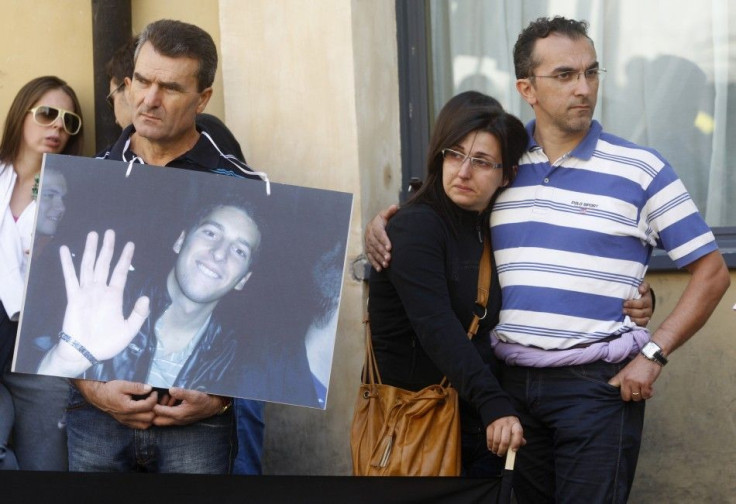Italy Earthquake: Are Scientists Really Responsible for Deaths?

An April 2009 earthquake in L'Aquila, Italy left 308 people dead. Up to 11,000 buildings were damaged in the beautiful medieval city, a city favored by Prime Minister Silvio Berlusconi, who held the G8 summit there the same year.
Usually, when earthquakes hit, there is little more to blame than nature, and the lives lost are chalked up to an act of God. But now, two years after the L'Aquila disaster, seven Italian scientists and seismic experts are on trial for manslaughter.
Prosecutors are saying that the Italian seismologists provided inexact, incomplete and contradictory information in the weeks leading up to the earthquake, asserting that if L'Aquila had known the earthquake was coming, they could have been prepared. With some warning, 308 people would still be alive.
This battle, in various iterations, has been going on for some time. After the quake, the families of the 55 students who died staged a September protest in Rome over the lack of responsibility taken for building collapses. Armed with blown-up portraits, the families gathered outside of Italian Parliament.
A year later, there were larger, bloodier, protests in the Italian capital. About 5,000 demonstrators from L'Aquila, angry about the slow rebuilding process and lack of help from the government, battled with police in city streets. In the wake of the earthquake, Berlusconi had promised to repair the city in just six months, but a year later there was still much work to be done.
The government had built a number of houses rapidly, but the construction rate quickly slowed, an indication to the residents of the medieval city that Berlusconi was more interested in headlines than helping. There was also speculation that without government intervention, construction projects would be taken over by the mafia.
Additionally, the protestors demanded an extension of tax exemptions for the victims of the earthquake.
Are the manslaughter charges justifiable? Seismologists would say no. Despite the depictions of the Pierce Brosnan-like researchers who, like Cassandra, are certain that an earthquake (or volcano) will happen in movies such as Dante's Peak, real seismologists insist that predicting earthquakes is impossible.
In 2010, 5,200 researchers from around the world signed a petition in support of the seven Italians on trial.
But, there was a warning. It happened on Italian television one month before the 6.3 magnitude earthquake. A lab technician named Giampaolo Giuliani used a radon emission test to determine that a major earthquake was coming to central Italy. Labeled an alarmist, he was censured by the Italian government and his findings were removed from the internet.
As scandalous as it sounds, the prediction wasn't worth much. Radon tests have a low success rate and aren't popular in the seismic community, according to the New York Times. Additionally, Giuliani's study lacked some key information.
In response to Guiliani's prediction, Italy's Great Risks Commission issued a memo just one week before the L'Aquila quake that said a major earthquake was improbable. The commission, from which six members are now on trial, did add that it couldn't totally rule out the chance that a quake would hit.
I'm afraid that like an earthquake, nothing in this case is predictable, said one of the defendant's lawyers, Marcello Milandri, in an interview with BBC.
Let's not forget, this trial is happening in L'Aquila, where the entire population has been personally affected, and awaiting a sentence that should not happen, but could happen.
© Copyright IBTimes 2024. All rights reserved.











